Home>Garden Essentials>What Are The 12 Steps Of Garden Design?
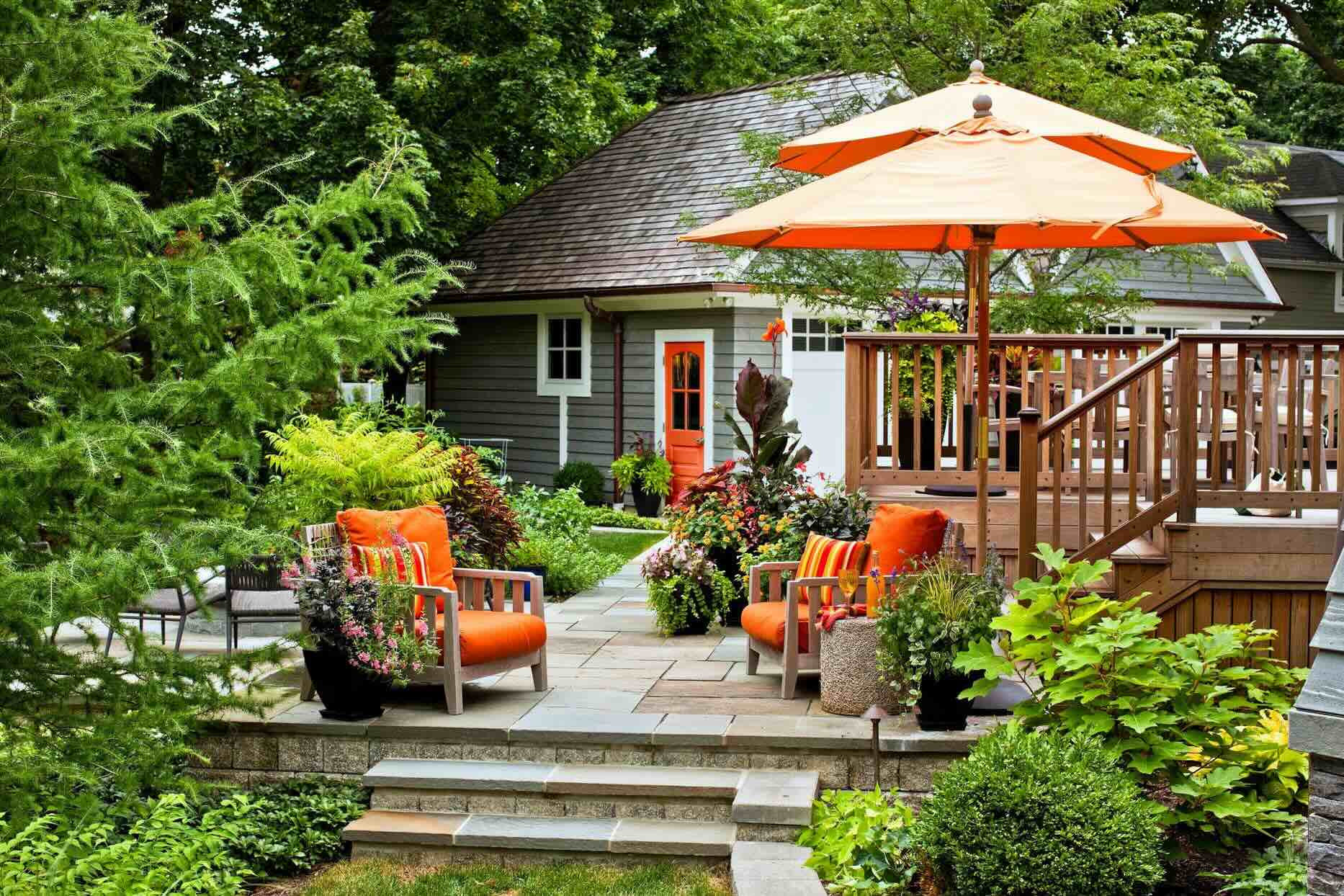

Garden Essentials
What Are The 12 Steps Of Garden Design?
Modified: March 7, 2024
Discover the 12 essential steps of garden design to transform your outdoor space into a breathtaking garden. Enhance your green oasis with expert tips and techniques.
(Many of the links in this article redirect to a specific reviewed product. Your purchase of these products through affiliate links helps to generate commission for Storables.com, at no extra cost. Learn more)
Introduction
Gardening is a fulfilling and rewarding hobby that allows you to connect with nature and create a beautiful outdoor space. Whether you have a spacious backyard or a small balcony, designing a garden that suits your needs and preferences requires careful planning and consideration. To achieve a well-designed and harmonious garden, it’s essential to follow a step-by-step approach that takes into account various factors such as purpose, site conditions, budget, style, and plant selection.
In this article, we will explore the 12 steps of garden design, providing you with a comprehensive and practical guide to creating your dream garden. Each step plays a crucial role in the overall design process, ensuring that your garden reflects your personality, suits your lifestyle, and flourishes throughout the seasons.
So, let’s dive into the realm of garden design and discover the key steps that will transform your outdoor space into a haven of natural beauty and tranquility.
Key Takeaways:
- Determine your garden’s purpose, assess your site conditions, set your budget, and decide on your garden style to create a well-designed and harmonious garden that reflects your personality and suits your lifestyle.
- Create a rough sketch of your garden layout, choose and arrange your focal points, select your plants and materials, and consider the maintenance requirements to bring your garden design to life and ensure its long-term success.
Read more: How To Build Porch Steps
Step 1: Determine your garden’s purpose
Before starting any garden design project, it’s important to determine the purpose of your garden. Understanding how you want to use the space will guide your design decisions and help create a garden that meets your specific needs.
Consider the primary function of your garden. Are you looking to create a space for relaxation and entertaining? Do you want a dedicated area for growing vegetables and herbs? Are you aiming to attract wildlife and promote biodiversity? Identifying the purpose will influence the layout, plant selection, and overall design aesthetic of your garden.
Take into account your personal preferences and lifestyle. Are you an avid gardener who enjoys spending time tending to plants? Or do you prefer a low-maintenance garden that requires minimal effort? Consider how much time and effort you are willing to invest in the maintenance and upkeep of your garden.
It’s also important to consider the climate and environmental conditions in your region. Determine whether your garden will be exposed to full sun, partial shade, or full shade throughout the day. Factor in the soil type and drainage conditions as well. Understanding these aspects will help you choose the right plants and design features that will thrive in your garden.
Ultimately, defining the purpose of your garden will set the foundation for the entire design process. It will guide your decisions regarding layout, plant selection, materials, and overall aesthetics. Whether you envision a peaceful retreat, a productive vegetable garden, or a vibrant sanctuary for wildlife, clarifying the purpose will ensure that your garden design aligns with your goals and aspirations.
Step 2: Assess your site conditions
Understanding the specific conditions of your garden site is crucial for creating a successful and thriving garden. Conducting a thorough site assessment will help you identify any challenges or opportunities that may affect your design choices.
Start by evaluating the sun and shade patterns in your garden. Observe how sunlight moves across the space throughout the day. Note areas that receive full sun, partial shade, or full shade. This information will guide your plant selection, ensuring that you choose species that are well-suited for the available light conditions.
Next, assess the soil quality and drainage. Determine whether your soil is primarily sandy, clayey, or loamy. Understanding the soil composition will help you select plants that will thrive in your specific soil conditions. Additionally, examine the drainage in your garden. Avoid areas with poor drainage, as this can lead to waterlogged soil and potentially harm your plants.
Consider the topography of your garden as well. Note any slopes or uneven areas, as they can influence water drainage and the overall layout of your garden. Factor in any existing structures, such as trees, fences, or buildings, that may impact sunlight, wind patterns, or views within the garden.
Take into account the climate and weather conditions in your region. Consider the average annual rainfall, temperature fluctuations, and the presence of any microclimates, such as frost pockets or windy areas. This knowledge will help you select plants that are well-suited to your specific climate, ensuring their long-term survival and success.
By assessing your site conditions, you gain valuable insights that will inform your design decisions. Understanding the unique characteristics of your garden site will allow you to create a design that takes advantage of its strengths and addresses any challenges. It will help you select plants that will thrive, choose appropriate materials, and design functional and visually appealing spaces within your garden.
Step 3: Set your budget
Setting a budget is a crucial step in garden design as it helps you determine the scope of your project and make informed decisions when it comes to materials and plants. Before diving into the design process, take the time to assess your financial resources and allocate a reasonable budget for your garden.
Start by creating a list of all the elements you want to include in your garden. This may include plants, hardscaping materials, garden structures, irrigation systems, and professional services, such as landscaping or installation. Research the approximate costs of these items to get an idea of how much you may need to invest.
Consider the long-term maintenance costs as well. Some plants may require ongoing care and regular pruning, while certain materials may need periodic maintenance or repairs. It’s important to factor in these potential costs in your budget planning.
Be realistic about your budget and prioritize your spending. Determine which elements are essential and which ones can be postponed or scaled down if necessary. Remember that gardens can be developed over time, so don’t feel the pressure to do everything at once. Setting a budget allows you to make decisions that align with your financial capabilities and ensures you don’t overspend.
Consider seeking professional advice, especially if you’re new to gardening or have a specific vision in mind. A landscape designer or gardener can guide you on the realistic costs associated with your design ideas and provide suggestions on cost-effective alternatives.
Throughout the design process, keep track of your spending and adjust your design choices if needed to stay within your budget. Remember, a well-designed garden does not have to be expensive. With careful planning and smart decision-making, you can create a beautiful and functional garden that meets your needs without breaking the bank.
By setting a budget from the beginning, you can approach the garden design process with clarity and make informed decisions that align with your financial resources. It allows you to prioritize your spending, be mindful of ongoing maintenance costs, and create a garden design that is both aesthetically pleasing and financially sustainable.
Step 4: Decide on your garden style
The garden style you choose will set the tone and ambiance of your outdoor space. It reflects your personal taste and creates a cohesive and visually pleasing atmosphere. Selecting a garden style early in the design process will help guide your decisions regarding plant selection, hardscaping materials, and overall aesthetics.
Consider the architectural style of your home and its surroundings. A garden that complements the existing architecture tends to create a harmonious and seamless transition between indoor and outdoor spaces. For example, if you have a traditional or colonial-style home, a formal garden with structured beds and symmetrical designs may be fitting. In contrast, a modern or contemporary home might be better suited for a minimalist garden with clean lines and a focus on simplicity.
Take inspiration from different garden styles and consider the atmosphere you want to create. Some popular garden styles include:
- English Cottage Garden: A romantic garden style characterized by abundant and colorful blooms, winding pathways, and a relaxed, informal feel.
- Japanese Zen Garden: A serene and minimalist style that promotes tranquility and contemplation, often featuring elements such as rock gardens, water features, and carefully pruned plants.
- Formal Garden: An elegant and symmetrical style that emphasizes order and structure, with neatly trimmed hedges, geometric designs, and focal points such as fountains or statues.
- Contemporary Garden: A style that embraces clean lines, minimalist design, and a focus on open spaces, often incorporating modern materials such as concrete and metal.
- Mediterranean Garden: A style inspired by the landscapes of Southern Europe, featuring drought-tolerant plants, warm color palettes, and the use of materials like terracotta and gravel.
When selecting a garden style, also consider your lifestyle and how you plan to use the space. Do you want a space for entertaining, relaxation, or play? Tailor your garden style to accommodate these activities and create functional outdoor rooms that suit your needs.
Remember that you can also blend different garden styles to create a unique and personalized design. Experiment with combinations that reflect your personality and preferences.
Deciding on your garden style early in the design process will ensure a cohesive and visually pleasing result. It sets the tone for plant selection, hardscaping choices, and overall aesthetics, creating a garden that is an extension of your personal style and enhances the overall outdoor experience.
Read more: How To Fix Porch Steps
Step 5: Create a rough sketch of your garden layout
Creating a rough sketch of your garden layout is an essential step in the design process. It allows you to visualize how different elements will be arranged within the space and serves as a blueprint for the implementation of your design ideas.
Start by measuring the dimensions of your garden and mark them on your sketch. Include any existing structures or features such as buildings, fences, paths, or trees. This will help you understand the scale and proportions of your garden and ensure that your design fits within the available space.
Consider the functional areas you want to incorporate into your garden. Think about seating areas, pathways, focal points, and plant beds. Identify areas for different activities such as dining, lounging, or gardening. Arrange these elements on your sketch to create a logical and practical flow within your garden.
When sketching out the layout, keep in mind the principles of design such as balance, proportion, and unity. Aim for a balance between hardscaping and green space, ensuring that the various elements work harmoniously together. Use repetition and rhythm to create a sense of unity and coherence throughout the garden.
Pay attention to the sight lines and views within your garden. Frame desirable views or strategically place focal points to enhance certain perspectives and create visual interest. Consider how the garden will be experienced from different vantage points, such as the house or specific seating areas.
Be flexible with your sketch and allow room for adjustments as you progress in the design process. It’s common for ideas to evolve and change as you gain a better understanding of your garden and its specific needs.
Finally, use your sketch as a guide when selecting plants and materials. Consider how different plant species will be arranged within the beds and how they will complement the overall design. Decide on appropriate materials for pathways, seating areas, or any structures you plan to incorporate.
While the sketch doesn’t need to be an artist’s masterpiece, it should accurately reflect the layout and features of your garden. It serves as a visual reference throughout the design process and ensures that your ideas are translated seamlessly into your outdoor space.
Step 6: Choose and arrange your focal points
Focal points are key elements in a garden that draw the eye and create visual interest. They serve as the centerpieces and anchor the overall design, adding depth and character to your outdoor space.
To start, consider the size and scale of your garden when selecting focal points. For smaller gardens, choose focal points that are proportionate to the space and avoid overwhelming the area. Larger gardens can accommodate larger and more prominent focal points.
There are various types of focal points you can choose from, including:
- Structures: Consider incorporating architectural elements such as arbors, gazebos, pergolas, or trellises. These structures not only provide visual interest but can also serve functional purposes by creating shaded areas or supporting climbing plants.
- Water features: Ponds, cascading waterfalls, or even a simple birdbath can serve as captivating focal points. The sound of running water adds a soothing element to the garden while also attracting wildlife.
- Sculptures or statues: Adding art pieces can be an interesting focal point in a garden. Choose sculptures or statues that resonate with your personal style and complement the overall theme of your garden.
- Plants: Large and eye-catching plants can also serve as focal points. Consider trees with unique bark patterns, vibrant blooming shrubs, or ornamental grasses with striking seed heads. Grouping plants with contrasting shapes, sizes, or colors can create a dynamic and visually appealing focal point.
Once you have selected your focal points, think about their arrangement within the garden. Strategically place them to create a sense of balance and harmony. Consider the sight lines and viewpoints from different areas within the garden and position focal points accordingly. For example, if you have a seating area, place a focal point that can be admired from that spot.
Remember to take into account the overall flow of the garden and ensure that the focal points are easily visible and accessible. They should guide the eye and create a sense of intrigue and discovery as visitors move through the space.
Additionally, lighting can play a crucial role in highlighting focal points, especially during the evening hours. Use outdoor lighting fixtures to illuminate these elements and create a dramatic and enchanting effect.
Choosing and arranging your focal points is a creative and fun aspect of garden design. They add personality and character to your outdoor space, capturing attention and creating a memorable experience for yourself and your visitors.
When designing a garden, start by considering the location, soil, and climate. Then, plan the layout, choose the right plants, and consider maintenance needs. Finally, add personal touches and enjoy your beautiful garden!
Step 7: Select your plants and materials
Choosing the right plants and materials is a pivotal step in creating a beautiful and cohesive garden design. Plants bring life and color to your garden, while materials such as hardscaping and garden structures provide structure and functionality. Here are some considerations to keep in mind:
Plants:
Start by considering the growing conditions in your garden, including sunlight, soil type, and climate. Select plants that are well-suited to these conditions to ensure their long-term success.
Think about the overall aesthetic you want to achieve. Do you prefer a formal, manicured look or a wild and naturalistic style? Consider the height, form, and texture of the plants and how they will complement one another in terms of color and foliage.
Choose a mix of evergreen and deciduous plants for year-round interest. Evergreens provide structure and color during the winter months, while deciduous plants offer seasonal changes and variety throughout the year.
Consider the maintenance requirements of the plants. If you prefer a low-maintenance garden, choose plants that are resilient, drought-tolerant, and require minimal pruning or other interventions.
Materials:
Select materials that align with your desired garden style. For example, natural stone or gravel can create a rustic and earthy feel, while concrete or metal may be more suitable for a contemporary design.
Consider the durability and longevity of the materials. Choose high-quality materials that can withstand the elements and require minimal maintenance or repair.
Balance hard surfaces, such as pathways or patios, with soft planting areas. Allow for proper drainage and consider permeable materials that promote water infiltration into the soil.
Think about sustainability and environmental impact. Opt for locally sourced materials or those with recycled content.
Remember that plant and material selection should work harmoniously together to create a unified and visually appealing garden. Consider how the textures, colors, and forms of the plants will be complemented by the materials you choose.
Research plant and material options, visit local nurseries or garden centers, and seek advice from professionals or experienced gardeners. They can provide valuable insights and recommendations based on your specific garden conditions and design preferences.
By carefully selecting plants and materials, you can create a garden design that reflects your personal style and enhances the overall aesthetics of your outdoor space. It’s a chance to infuse your garden with beauty, texture, and depth, while also considering practicality and sustainability.
Step 8: Consider the maintenance requirements
Considering the maintenance requirements of your garden is essential for its long-term success and your enjoyment as a gardener. Different plants and design elements have varying levels of maintenance needs, so it’s important to thoughtfully consider these factors during the design process.
Start by assessing how much time and effort you are willing or able to dedicate to garden maintenance. Be honest with yourself about your gardening skills and the amount of free time you have available. This will help guide your plant and design choices.
Research the maintenance requirements of the plants you are considering. Some plants may require regular watering, pruning, fertilizing, and pest control, while others may be more low-maintenance and self-sufficient. Choose plants that suit your available time and gardening preferences.
Consider the size and layout of your garden. A larger garden with more plants and features will generally require more maintenance than a smaller, more streamlined design. Take into account the time it will take to mow lawns, prune shrubs, and tend to other tasks.
Think about the accessibility of different areas within your garden. Ensure that you can easily reach plants and features that may require maintenance, such as trimming or cleaning. Plan pathways and access points strategically for efficient maintenance work.
Consider the practicality and sustainability of your design choices. For example, choosing native or drought-tolerant plants can reduce the need for frequent watering and conserve water resources. Opting for mulch or ground covers can help suppress weeds and reduce the need for regular maintenance.
Think about automation and technology options that can assist with maintenance. Consider installing an automated irrigation system to ensure proper watering, or explore smart gardening tools that can help monitor and manage your garden needs efficiently.
During the design process, make note of any specific maintenance tasks and create a schedule or plan to stay on top of them. Regularly assess the condition of your plants and make adjustments or interventions as needed.
By considering the maintenance requirements of your garden from the start, you can create a design that not only suits your lifestyle and available time but also ensures that your garden remains healthy, beautiful, and manageable for years to come.
Step 9: Develop a planting plan
Developing a planting plan is a crucial step in the garden design process. It involves carefully selecting and arranging plants within your garden to create a harmonious and visually appealing composition. A well-thought-out planting plan will consider factors such as plant variety, spacing, color, and seasonal interest.
Begin by selecting plants that are suited to your garden’s growing conditions, such as sunlight, soil type, and climate. Choose a mix of plants with different heights, forms, and textures. Consider the overall aesthetics you want to achieve, whether it’s a vibrant and colorful garden or a more serene and monochromatic palette.
Remember to incorporate a variety of plants that offer interest throughout the seasons. Choose a mix of evergreen and deciduous plants, as well as those with different bloom times or interesting foliage. This will ensure that your garden remains visually appealing and engaging year-round.
Consider the mature size of the plants when determining spacing and placement within your planting plan. Avoid overcrowding and allow enough room for each plant to grow and thrive. This will prevent competition for resources and potential issues with airflow or disease spread.
When arranging your plants, think about creating focal points and visual interest within the garden. Place taller plants towards the back or center to create depth and a sense of perspective. Use a mix of planting heights to create a layered effect, with lower-growing plants in front of taller ones.
Think about color combinations and contrasts in your planting plan. Consider choosing a color scheme, such as complementary colors or a monochromatic palette, to create a cohesive and harmonious look. Introduce pops of color strategically to draw the eye and create focal points.
Group plants with similar water and care requirements to make maintenance easier. If certain plants have specific needs or sensitivities, consider grouping them together for targeted care and maintenance.
Finally, consider the longevity and sustainability of your planting choices. Incorporate native plants that are well-adapted to your region’s climate and require minimal resources. Choose plants that provide food and shelter for local wildlife, promoting biodiversity in your garden.
Document your planting plan on paper or using digital tools, including plant names, quantities, and placement. This will serve as your guide when it comes time to implement your garden design.
By developing a planting plan, you can create a well-structured and visually cohesive garden that showcases the beauty of different plants and ensures their health and longevity in your outdoor space.
Step 10: Implement your design
After careful planning and consideration, it’s time to bring your garden design to life and start implementing your vision. This step involves the actual construction and installation of the various elements that make up your garden.
Begin by preparing the site. Clear away any existing vegetation or debris, and level the ground if necessary. Make sure you have the necessary tools and materials on hand to carry out the required construction and planting tasks.
Start by installing any hardscape elements, such as pathways, patios, or garden structures. Follow the layout and design plan you created earlier, ensuring proper measurements and alignment. This may involve excavation, laying foundations, or assembling pre-made structures.
Next, begin planting your chosen plants according to your planting plan. Dig properly sized holes and gently place the plants, making sure their roots are adequately covered with soil. Water them thoroughly after planting to promote healthy establishment.
Pay attention to spacing and arrangement as you plant. Refer to your planting plan to ensure you’re creating the desired visual composition and allowing enough room for growth.
Continue to follow your design plan as you add additional elements, such as garden ornaments, seating areas, or lighting fixtures. Take the time to carefully position and arrange each element to create the desired impact and functionality.
During implementation, be flexible and open to adjustments if needed. Sometimes, certain aspects of the design may need to be tweaked to ensure they work well in the actual space.
As you implement your design, keep an eye on the overall aesthetics and balance of the garden. Step back periodically to assess the visual impact and make any necessary adjustments or additions. Pay attention to detail and strive for a cohesive and well-integrated design.
Remember to involve any necessary professional help, such as landscapers or contractors, for specialized tasks or larger-scale projects. Their expertise can ensure that your design is executed efficiently and to a high standard.
Implementing your garden design can be a physically demanding and time-consuming task, but it’s also an exciting and rewarding process that brings your vision to life. With careful execution and attention to detail, you’ll soon be able to enjoy your beautifully transformed outdoor space.
Step 11: Add finishing touches
Once the main elements of your garden design are in place, it’s time to add the finishing touches that will elevate the overall look and feel of your outdoor space. These final details can truly bring your garden to life and create a polished and welcoming atmosphere.
Consider the following finishing touches to enhance your garden design:
- Decorative Accents: Add decorative accents such as garden sculptures, birdbaths, or wind chimes to create visual interest and personality in your garden. Choose pieces that align with your garden style and serve as focal points or conversation pieces.
- Container Gardens: Incorporate container gardens filled with colorful flowers, herbs, or ornamental grasses. These containers can be strategically placed around the garden to add pops of color and texture. Choose containers that complement the overall design aesthetic.
- Outdoor Seating Areas: Create comfortable seating areas where you can relax and enjoy your garden. Incorporate outdoor furniture such as benches, chairs, or a cozy dining set. Consider the placement of seating areas to take advantage of desirable views or areas of shade.
- Lighting: Install outdoor lighting to extend the usability and ambiance of your garden into the evening hours. Use strategic lighting to highlight architectural features, plants, or pathways. Consider solar-powered or low-voltage options for energy efficiency.
- Softscape Enhancements: Add mulch or pea gravel around plant beds to create a clean and finished look. This not only adds a polished touch, but it also helps with weed suppression and moisture retention.
- Edging: Consider adding edging materials such as bricks, stones, or metal strips to define and separate different areas within your garden. Edging provides a neat and finished appearance and helps keep grass and plants from encroaching on designated spaces.
These finishing touches allow you to inject personality and creativity into your garden design. They enhance the aesthetic appeal, create a comfortable and inviting atmosphere, and provide the opportunity to further customize your outdoor space according to your preferences.
Take the time to carefully select and position these final elements, paying attention to complementary colors, balance, and functionality. Remember that these touches are there to enhance your enjoyment of the garden, so aim for a thoughtful and intentional arrangement.
By adding the finishing touches, you complete the transformation of your garden into a beautiful and inviting oasis that reflects your style and provides a haven for relaxation and enjoyment.
Step 12: Maintain and evaluate your garden
Once your garden design is complete, it’s important to establish a routine for its ongoing maintenance and evaluate its progress. Regular maintenance will help ensure the health and vitality of your plants, while evaluation allows you to reflect on the success of your design choices and make adjustments if necessary.
Develop a maintenance schedule that includes tasks such as watering, pruning, fertilizing, and weeding. Be consistent with your maintenance efforts to keep your garden looking its best throughout the year. Regularly inspect your plants for signs of pests, diseases, or nutrient deficiencies, and take necessary actions to address any issues.
Stay attentive to the changing needs of your garden as it grows and matures. Adjust watering schedules based on seasonal rainfall and temperature fluctuations. Prune plants as needed to maintain their shape and health. Stay on top of weed management to prevent them from competing with your desired plants.
Evaluate your garden’s performance and take note of what’s working well and what could be improved. Assess the growth and health of your plants, noting any areas that need attention or changes in maintenance practices. Consider the overall aesthetics of your garden and take note of any adjustments you might want to make in terms of plant placement, spacing, or design elements.
Reflect on how well your garden is meeting its intended purposes. Is it providing the relaxation and tranquility you desired? Are you able to enjoy the entertaining or dining areas comfortably? Make necessary adjustments to meet your specific needs and goals.
Seek feedback from family members, friends, or visitors who have experienced your garden. Their perspectives can provide valuable insights and help you evaluate your design choices objectively. Consider their input and determine if any modifications should be made to enhance the garden’s functionality or visual appeal.
Make note of any maintenance challenges or successes you encounter along the way. Keep a garden journal to record observations, seasonal changes, and ideas for future improvements. This will serve as a valuable resource for future planning and maintenance.
Lastly, remember that a garden is a dynamic and evolving space. It will change over time as plants grow, seasons shift, and your needs and preferences evolve. Embrace the process of maintaining and evaluating your garden as an ongoing journey of learning and improvement.
By consistently maintaining and evaluating your garden, you can ensure its long-term vitality and continually refine its design to meet your evolving needs. Regular care and assessment will allow you to enjoy a thriving and beautiful outdoor space that brings you joy and satisfaction for years to come.
Frequently Asked Questions about What Are The 12 Steps Of Garden Design?
Was this page helpful?
At Storables.com, we guarantee accurate and reliable information. Our content, validated by Expert Board Contributors, is crafted following stringent Editorial Policies. We're committed to providing you with well-researched, expert-backed insights for all your informational needs.
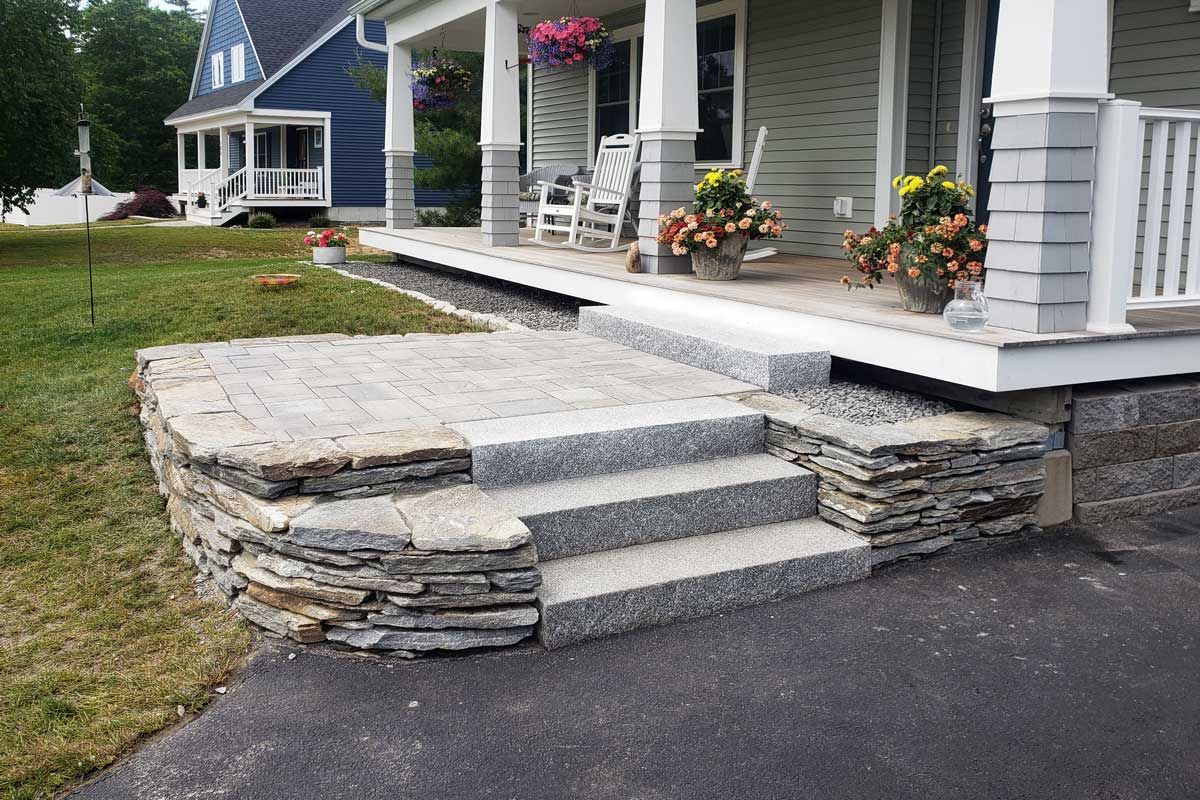
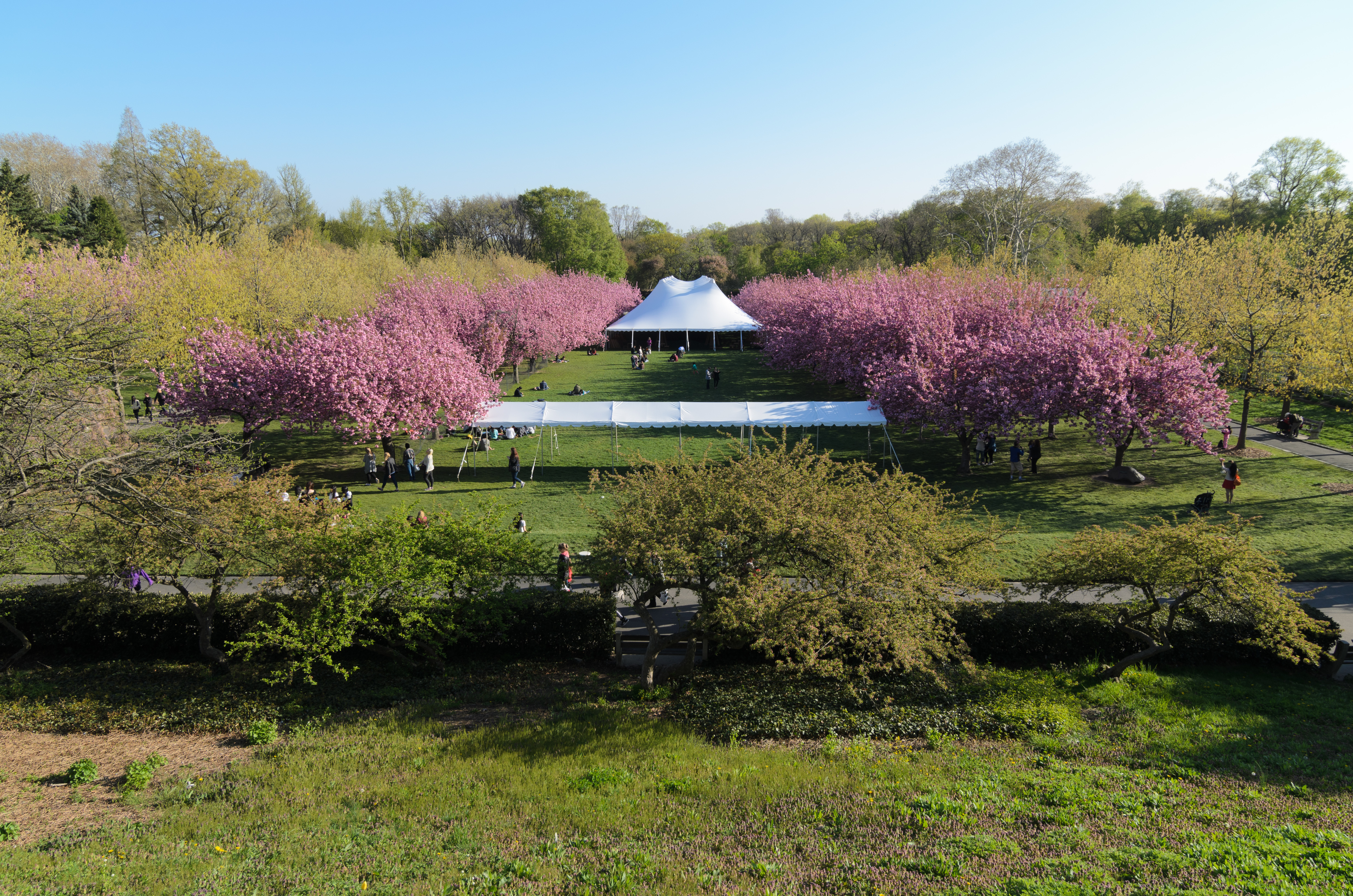
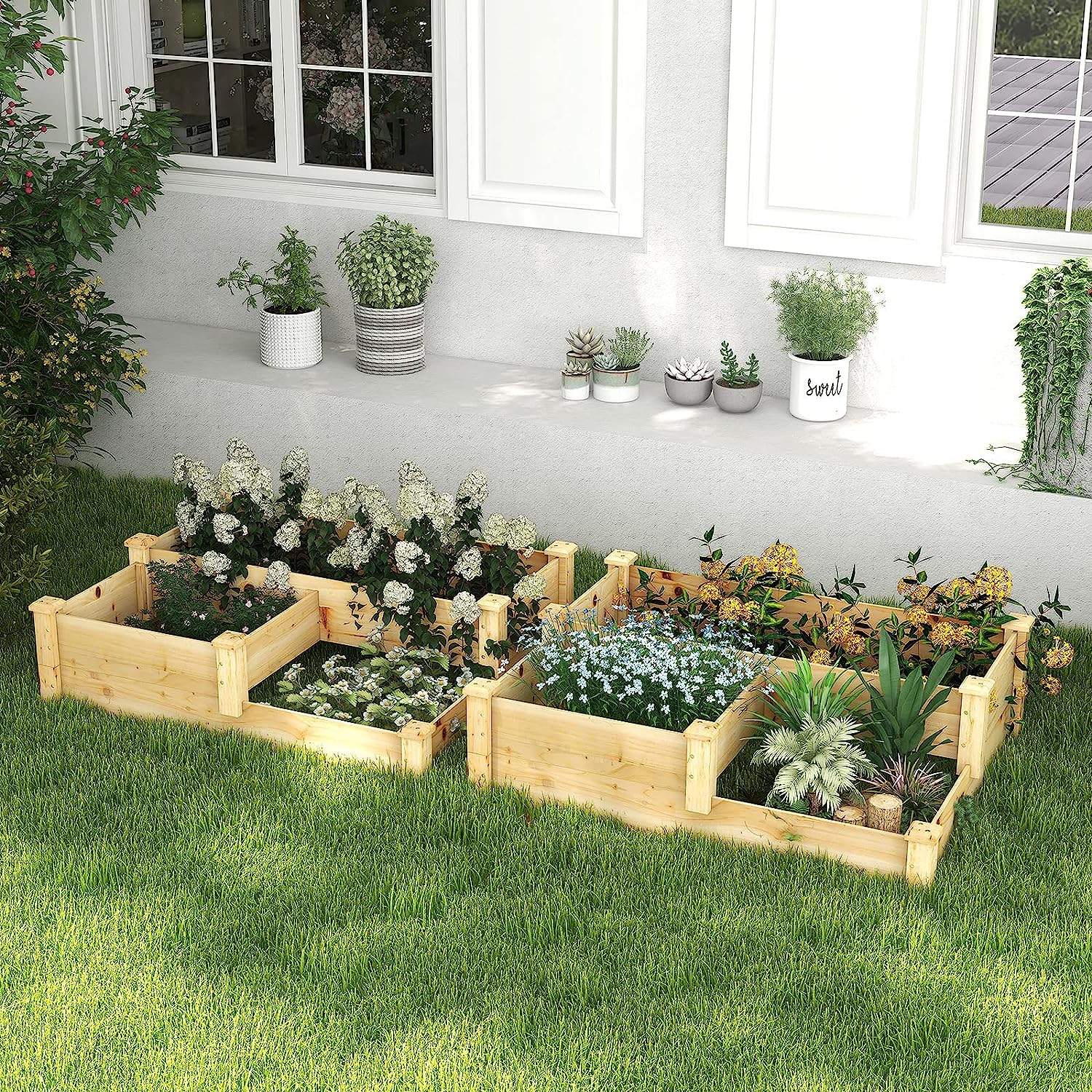
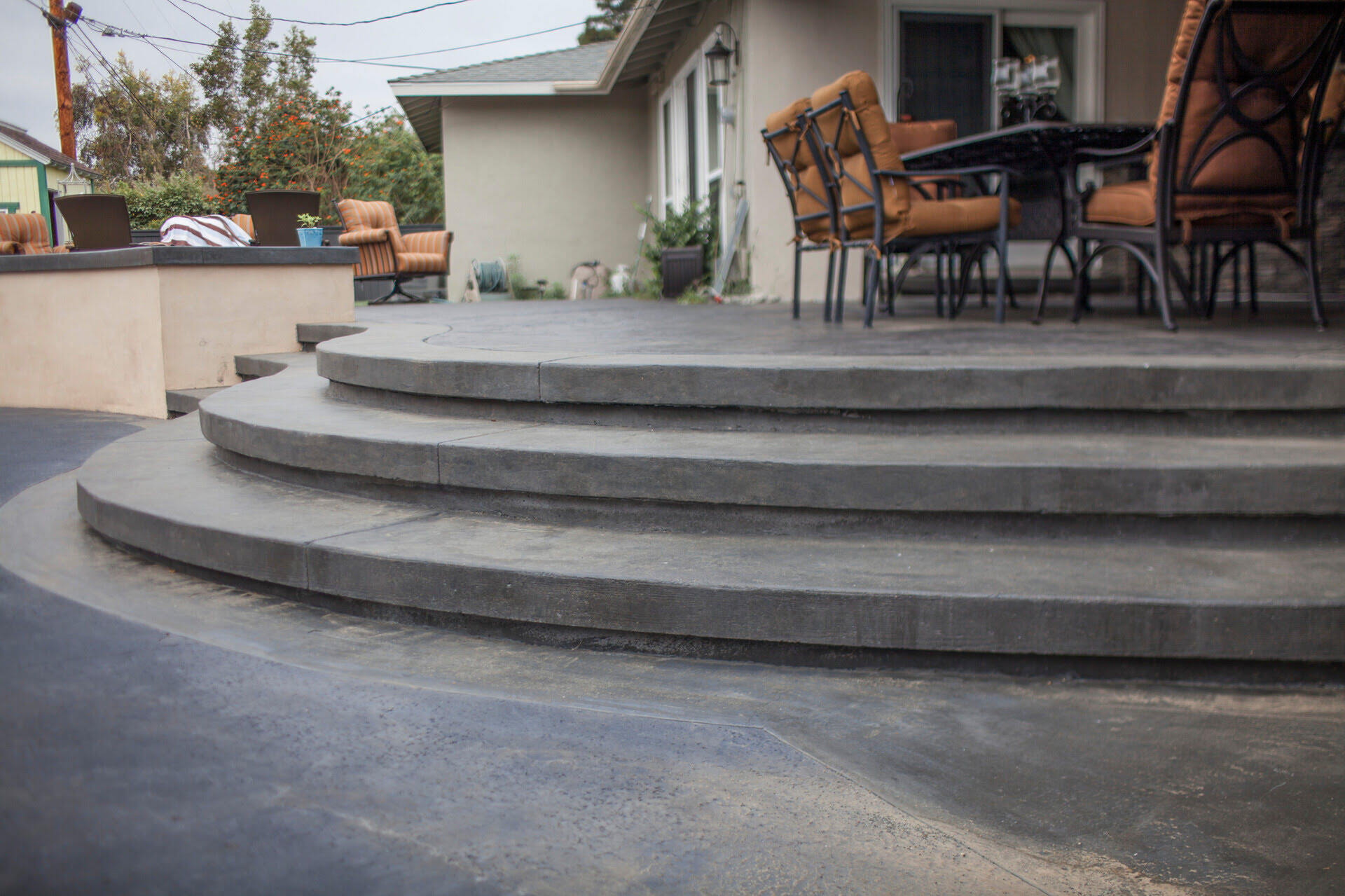
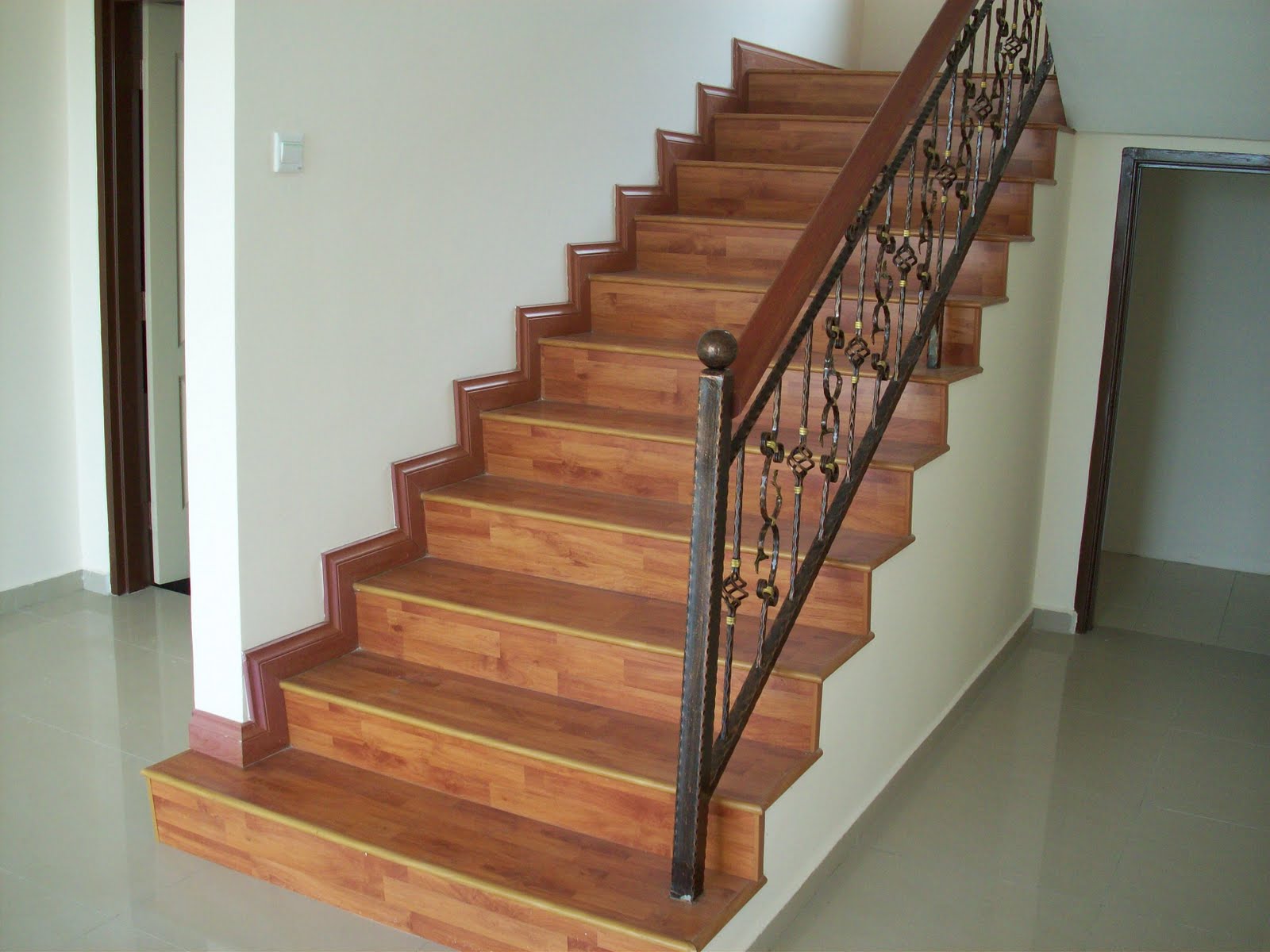
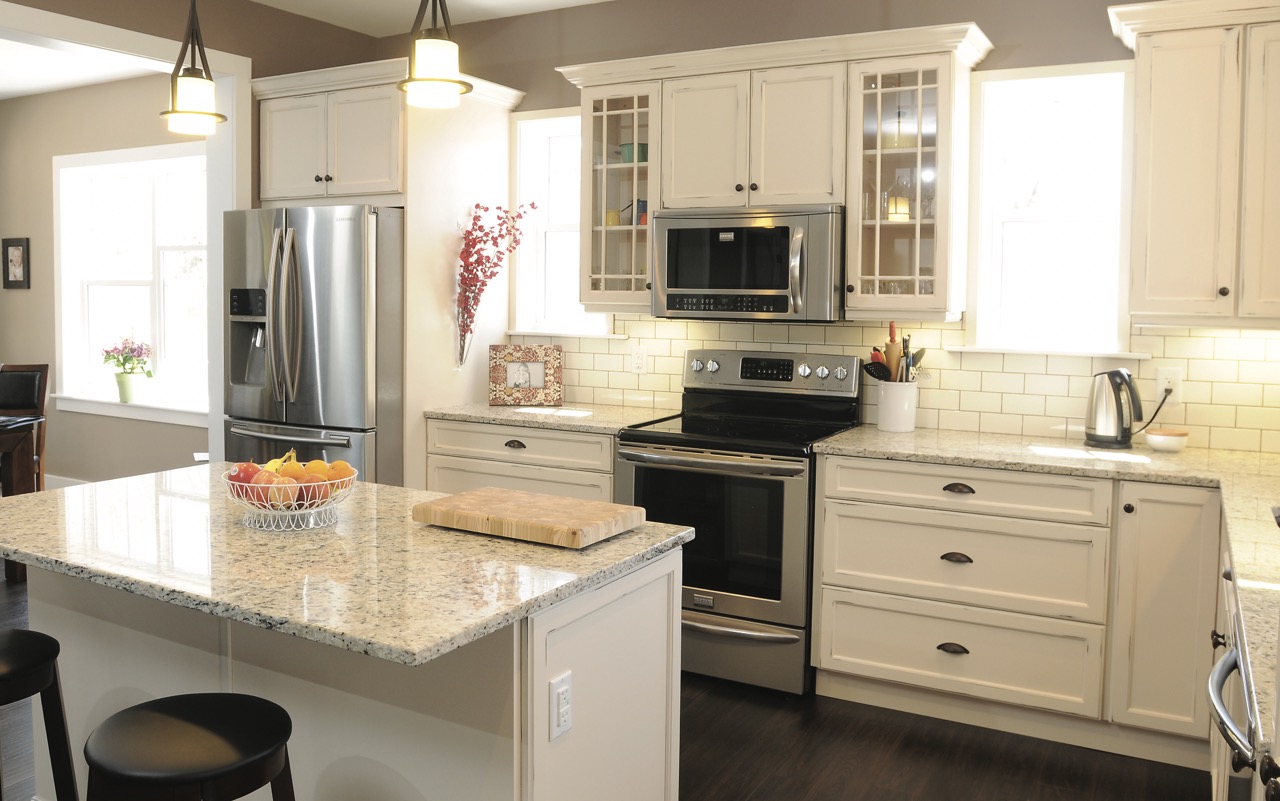
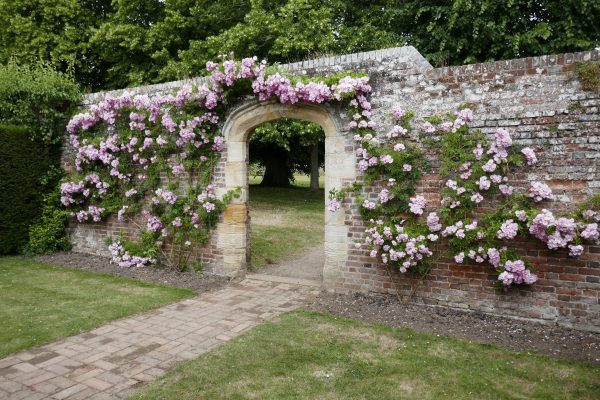
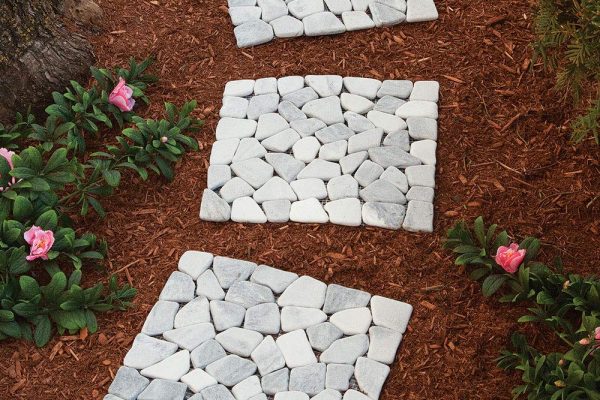
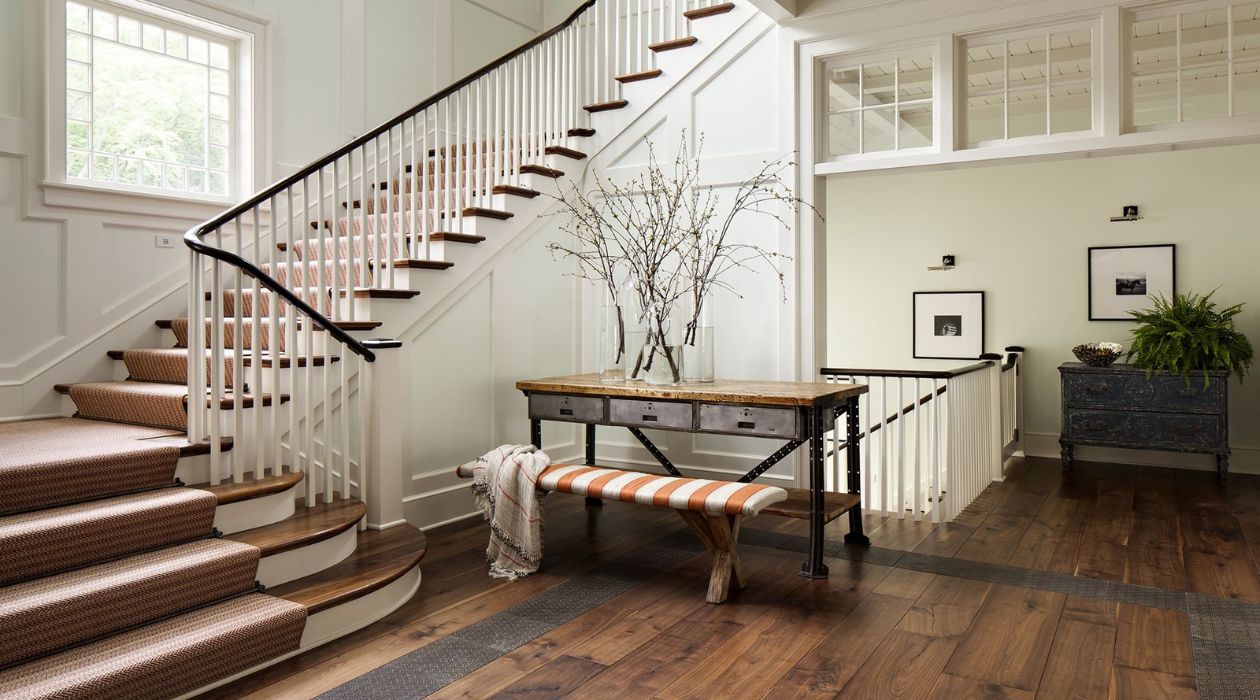
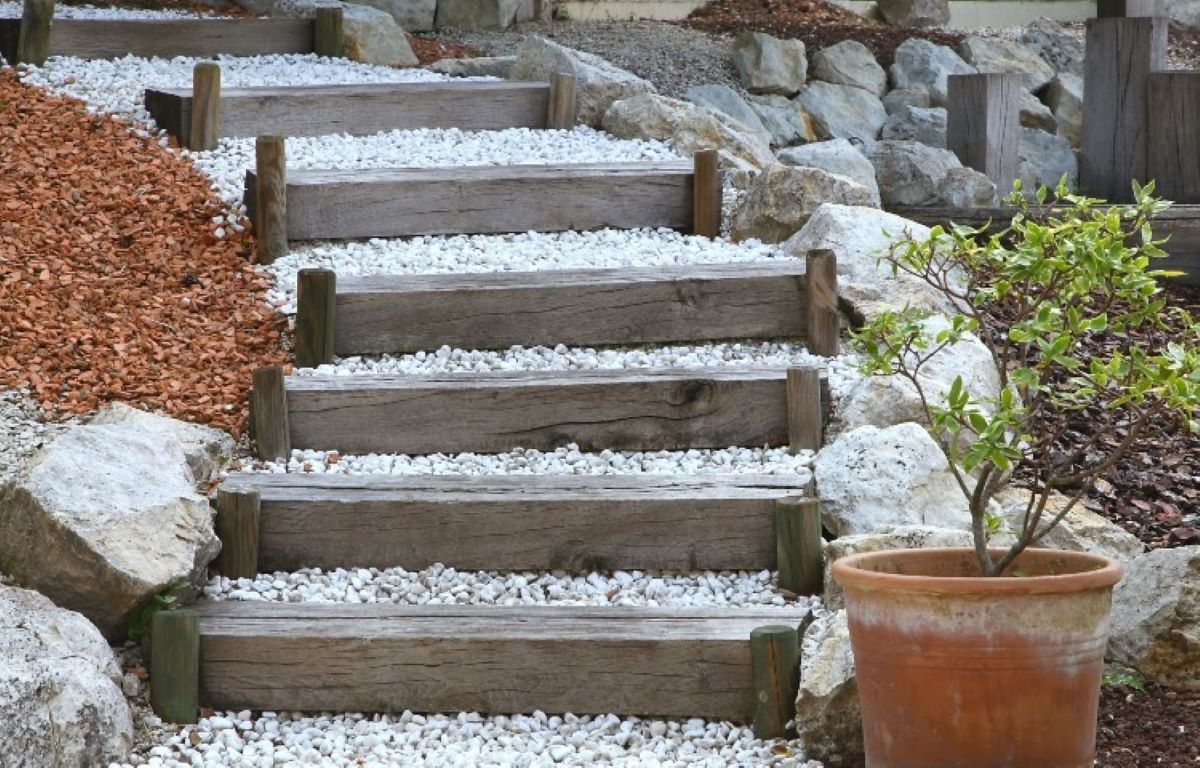
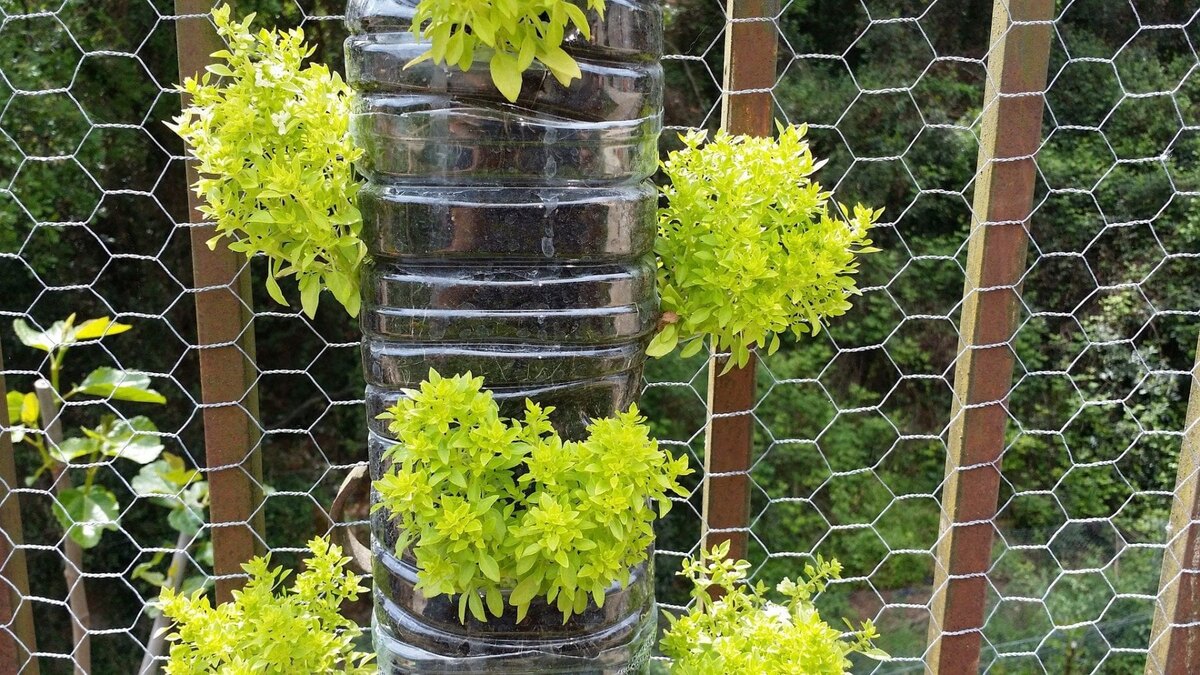

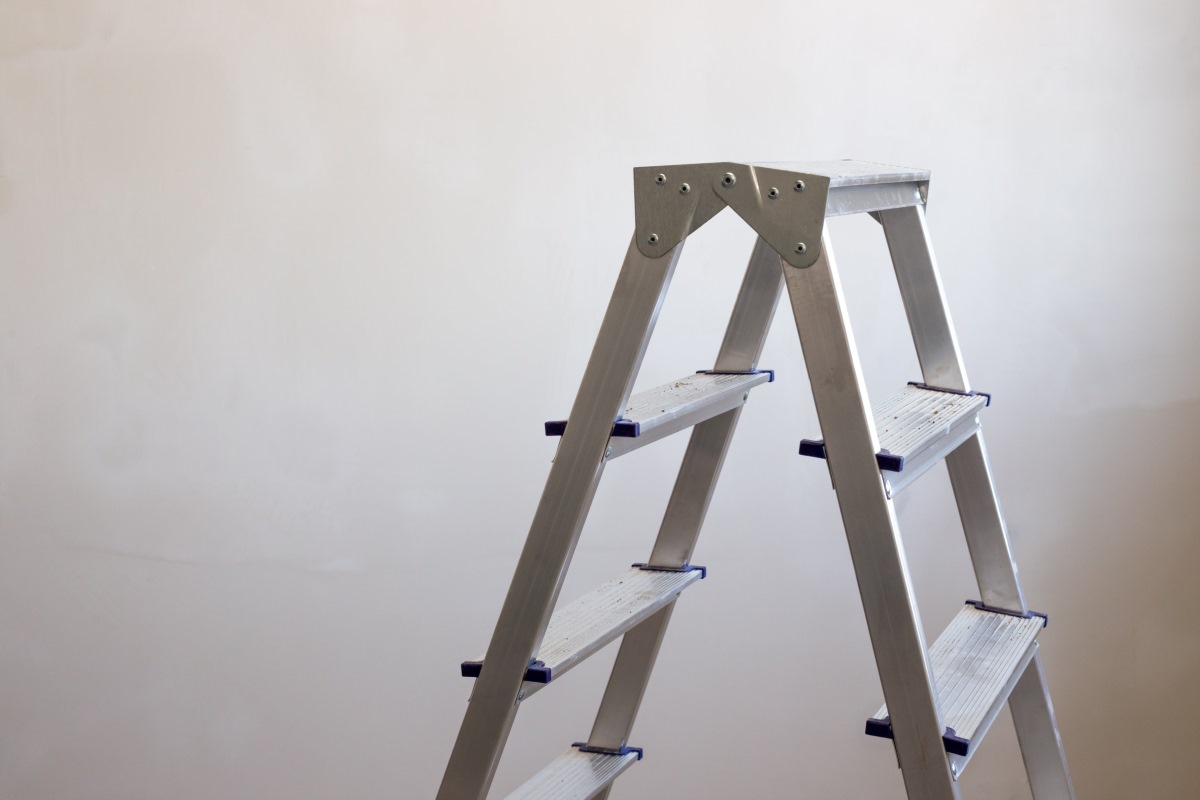

0 thoughts on “What Are The 12 Steps Of Garden Design?”